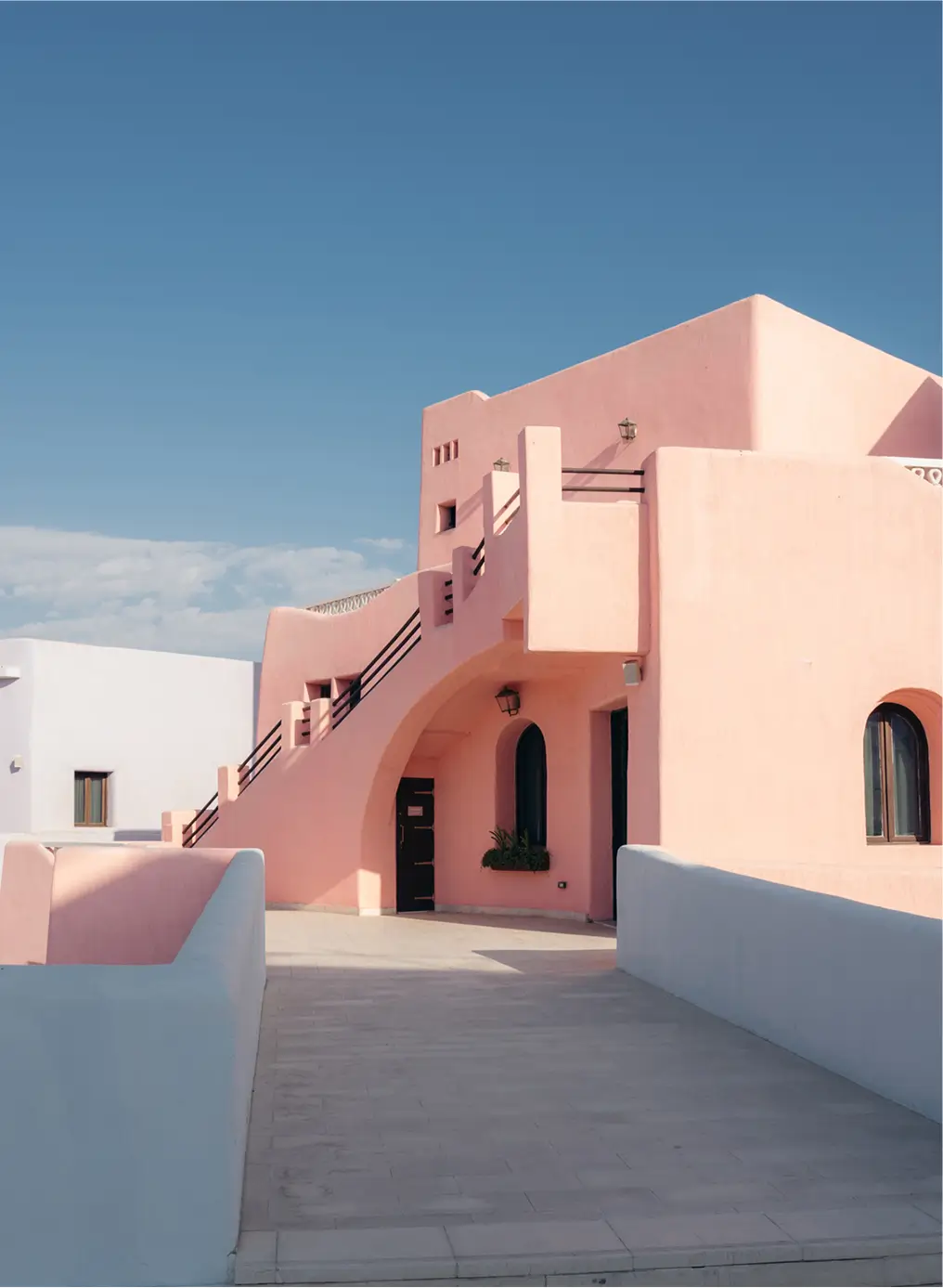
The geometry of travel: our picks for destinations purely through lines, curves and shadows.
There’s a way to travel that slows you down
Some places dazzle with color. Others overwhelm with scale. And then there are the rare ones that speak in geometry in the split second when light meets form and the shadows decide to stay a little longer.
We’ve chosen these destinations not because they’re beautiful (though they are), but because their geometry isn’t decoration, it’s the soul of the place. In each, the lines, curves, and shadows are not just aesthetic, they’re the story itself.
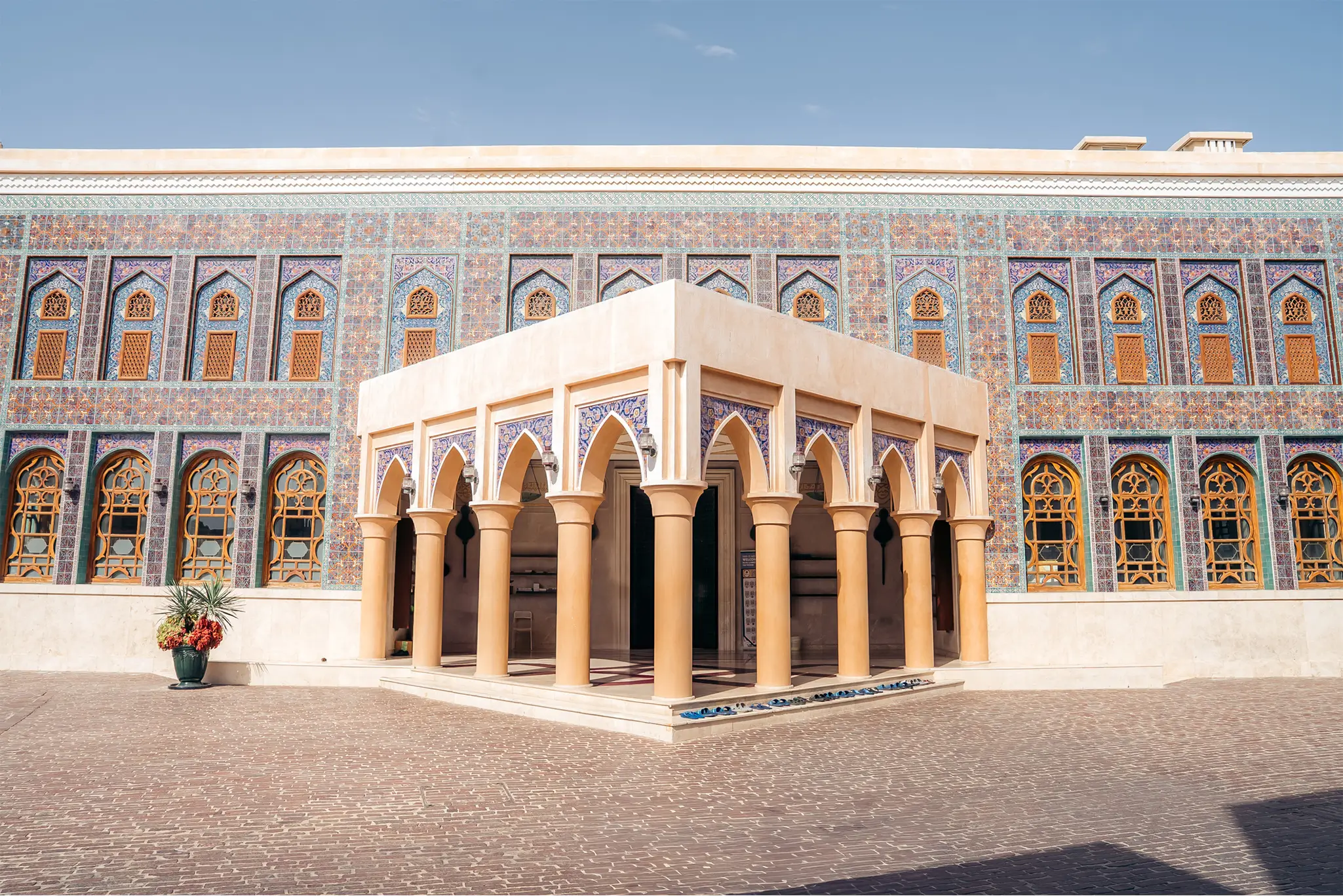
Doha, Qatar
Doha is one of the Gulf’s most visually diverse cities. Each neighbourhood feels like a different reference point: Qanat Quartier could be mistaken for Venice, Old Doha Port carries the pastel tones of Santorini, and Katara Cultural Village stands as an ode to texture and tradition.
The appeal for photographers is in how the city changes block by block. One block is glass and steel, sharp and modern; the next is a shaded alley or patterned façade that feels centuries old. Traditional Qatari art, modern design, and bold contemporary statements sit side by side, creating a city that rewards careful observation.
Best vantage: Pastel-lined streets of Old Doha Port in the morning; the textured lanes of Katara Village in late afternoon; the National Museum of Qatar at golden hour, when its desert rose-inspired discs are edged in warm light.
Best time: Early mornings and the last two hours before sunset, when the city’s geometry feels most deliberate.


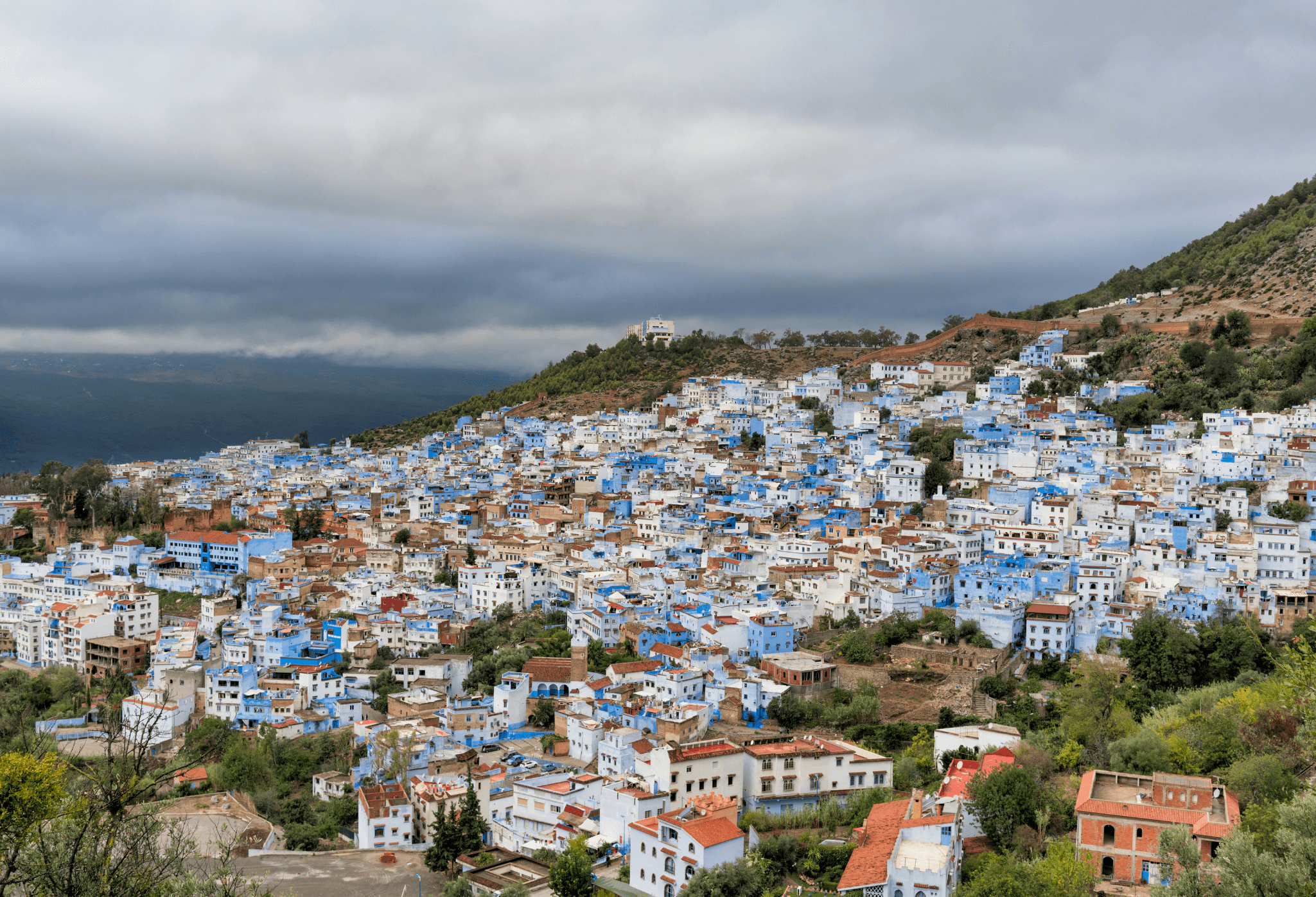
Chefchaouen, Morocco
The “Blue Pearl” is another photographer’s dream, surrounded by mountains and known for its maze of painted lanes.
What makes it so visually rich isn’t just the color but the details that line every hallway. Pots of flowers spill over doorsteps, rugs hang from balconies, and ceramics brighten the alleys, each corner carrying its own personality.
Here, shadows become part of the architecture, revealing the unevenness that gives the town its character.
Best vantage: From the top of the Spanish Mosque. (best to go at sunrise). It’s a short 20-minute hike to the top and you’ll be rewarded with stunning panoramic views of the city.
Best time: For a landscape of the entire city, sunrise or sunset. In between the cobblestone streets, anytime throughout the day is lovely.
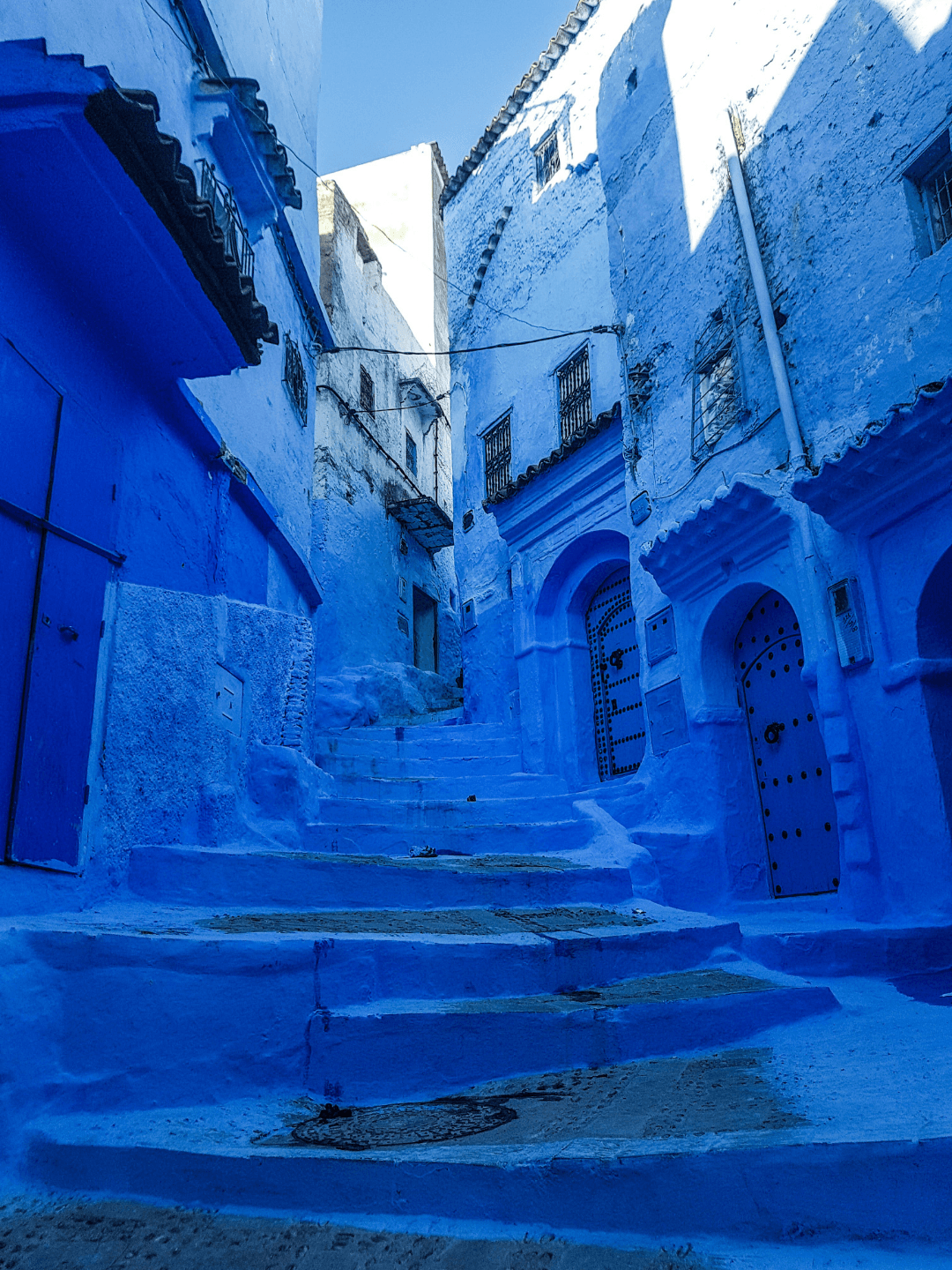
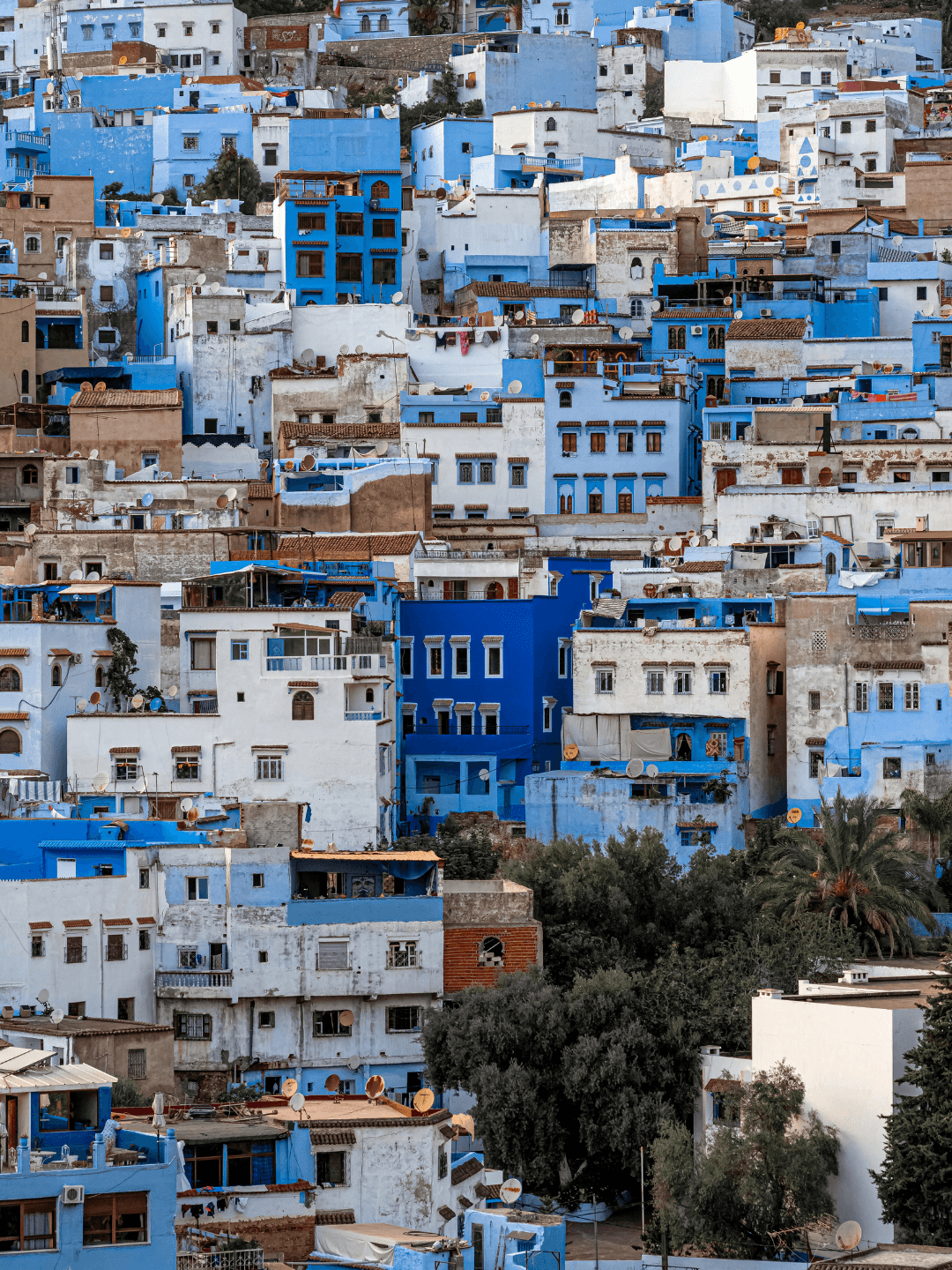
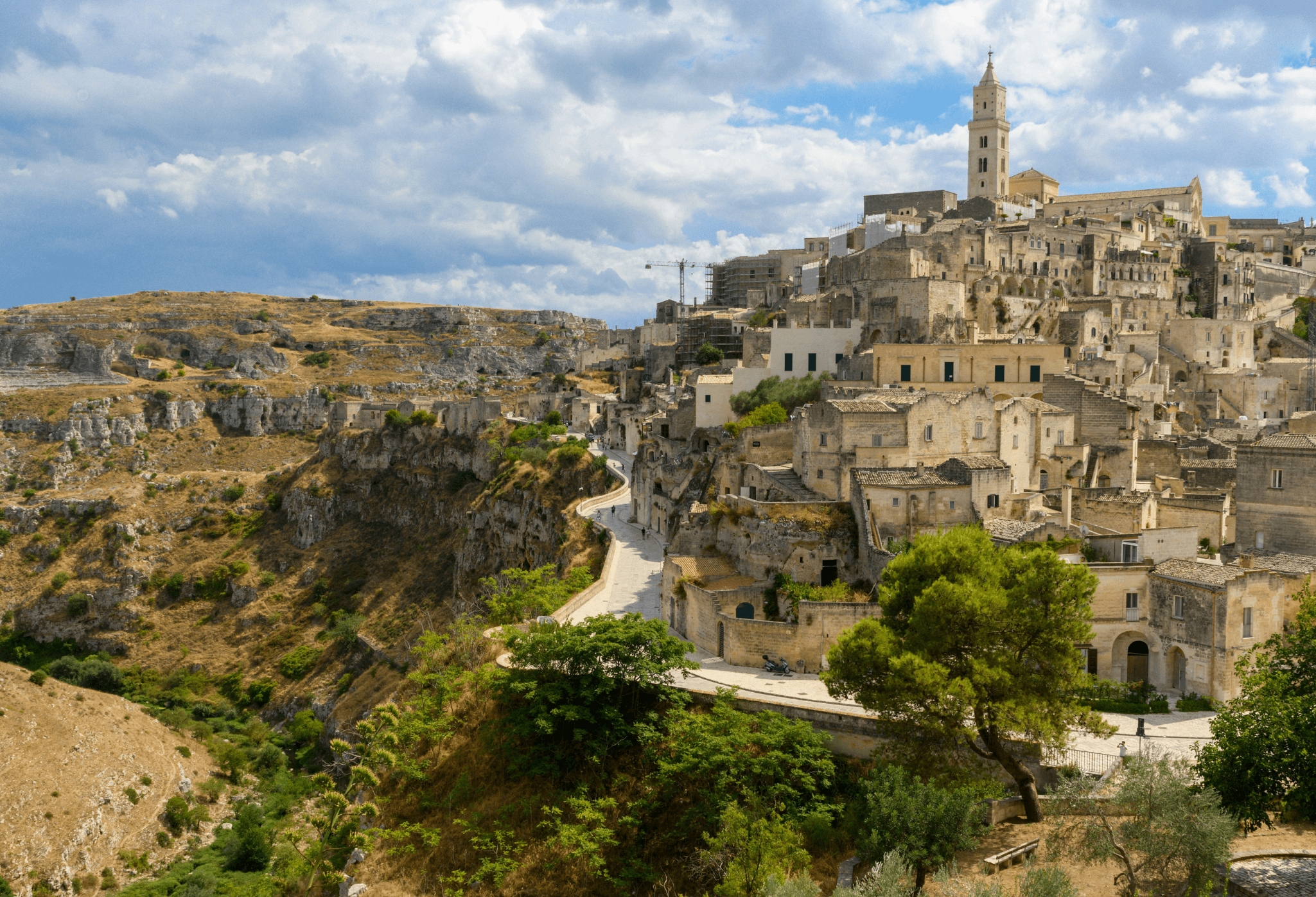
Matera, Italy
Matera is a city that seems to have risen out of earth itself. The “Sassi” ancient cave dwellings carved directly into the cliffside stack in a way that feels like a topographical puzzle. Staircases climb over rooftops, rooftops become terraces, terraces drop into alleyways. It’s insane.
The geometry here is born from necessity, not design, yet it’s more intricate than any blueprint. Light slides across uneven stone, casting irregular shadows that change every hour. There’s no single perfect line; instead, it’s a thousand intersecting ones, each shaped by centuries of human hands.
Best vantage: From Belvedere Murgia Timone, where the entire stone labyrinth unfolds in front of you.
Best time: Sunrise for a dreamlike haze, late afternoon for high-contrast drama.

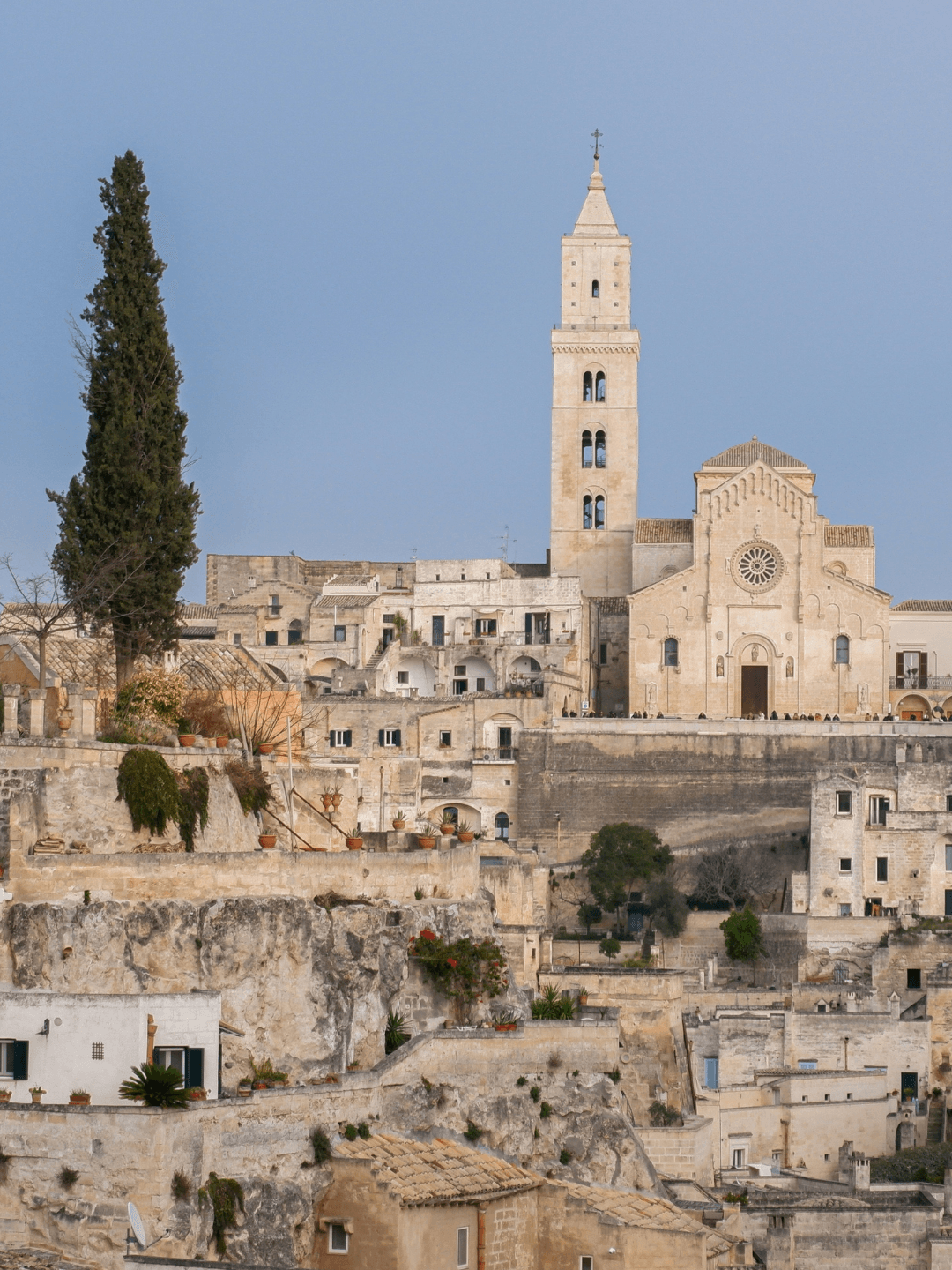
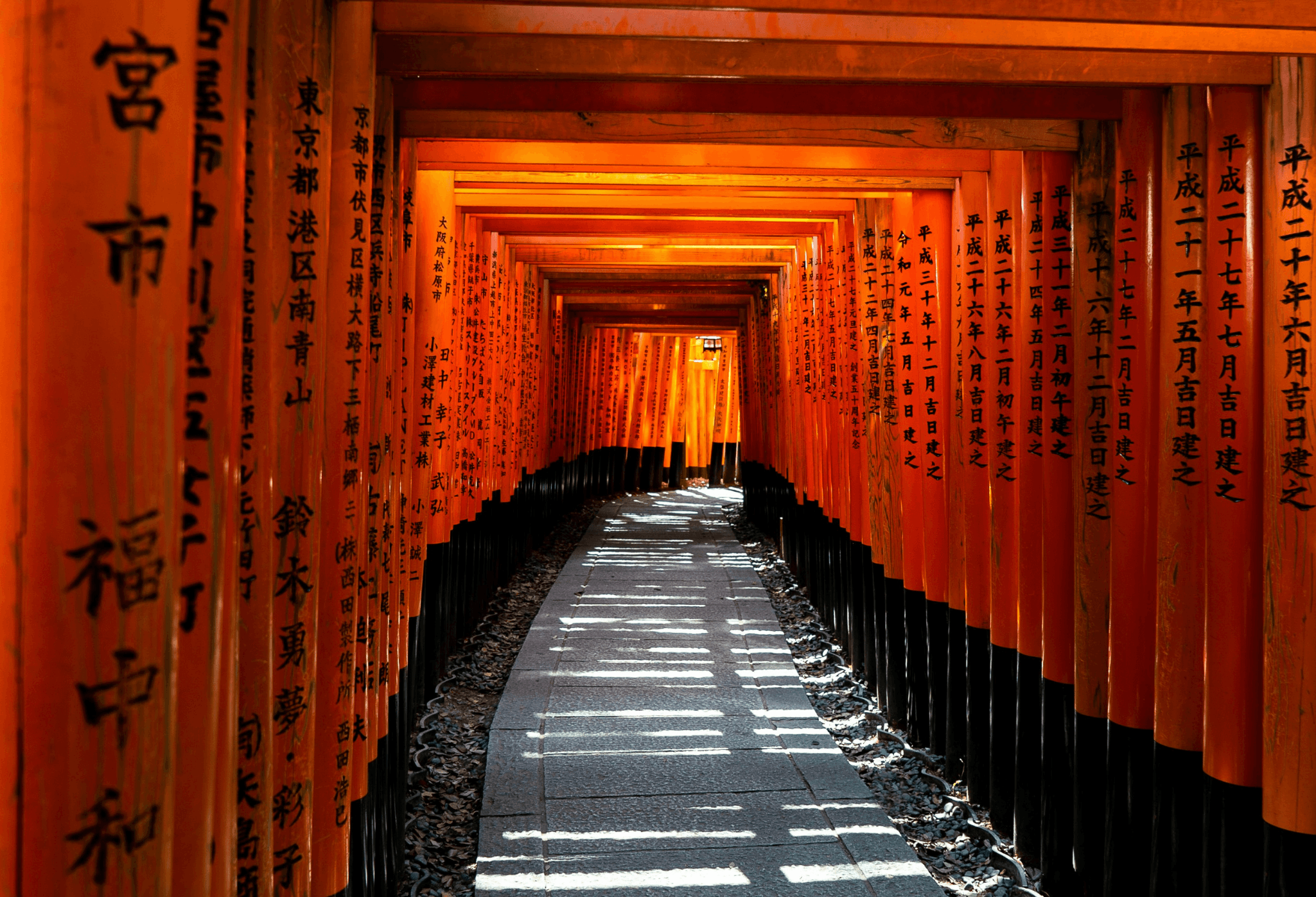
Kyoto, Japan
Kyoto invites a slower way of seeing. In the gardens, parallel lines of raked gravel lead the eye into stillness. In the bamboo groves, slender trunks rise in measured intervals, their shadows falling in soft, uneven stripes. Wooden lattices on machiya townhouses break the light into fragments, each one shifting as the day moves.
And then there’s Fushimi Inari’s vermilion torii gates, an endless path that curves just enough to hide what’s ahead, drawing you forward. Here, beauty comes from noticing how light slips between shapes, how repetition creates rhythm, and how the smallest detail can hold the entire frame together.
Best vantage: Inside the gates, positioning the curve just beyond sight so the path feels infinite..
Best time: Dawn, before footsteps or voices interrupt the stillness.
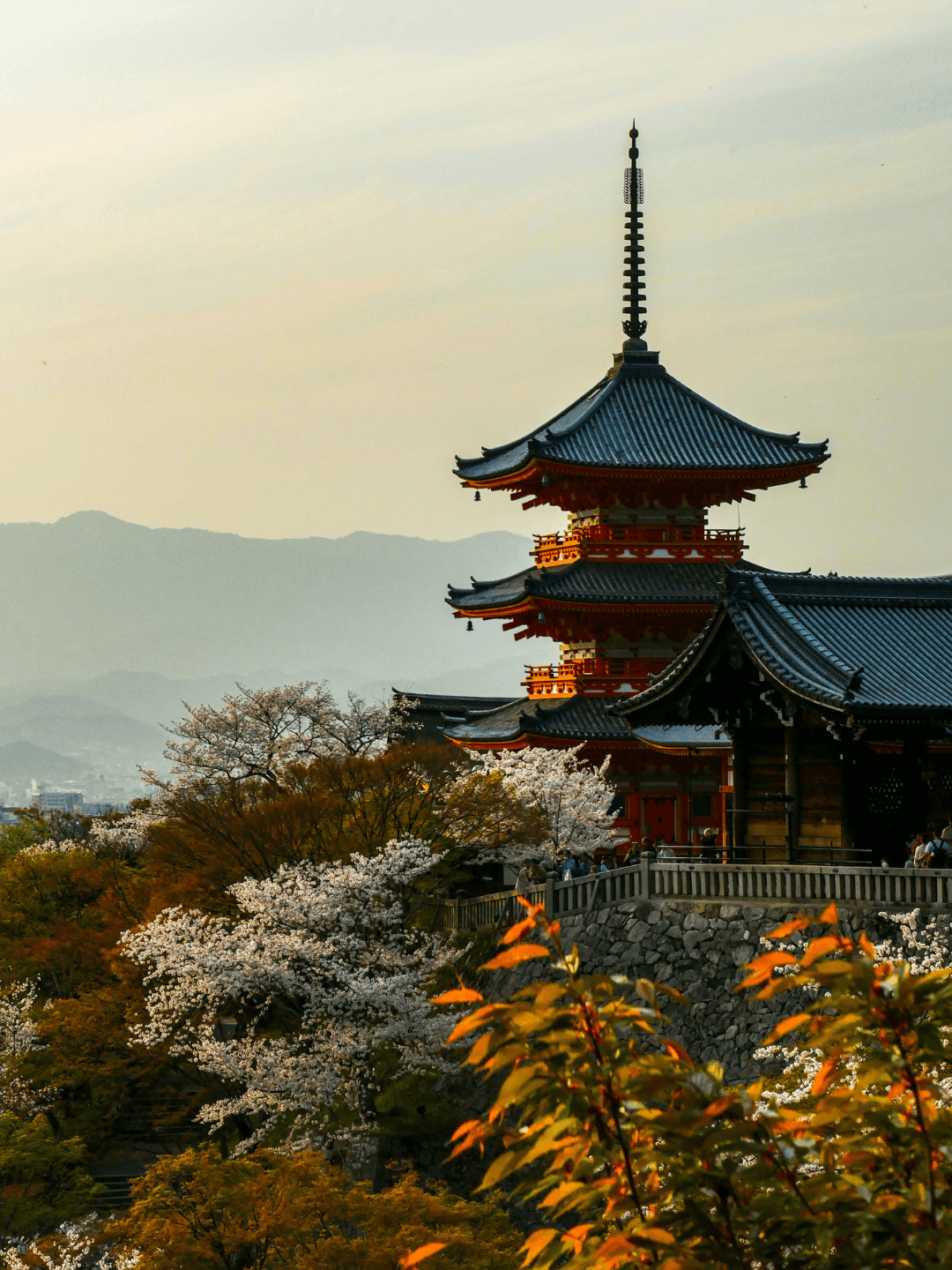
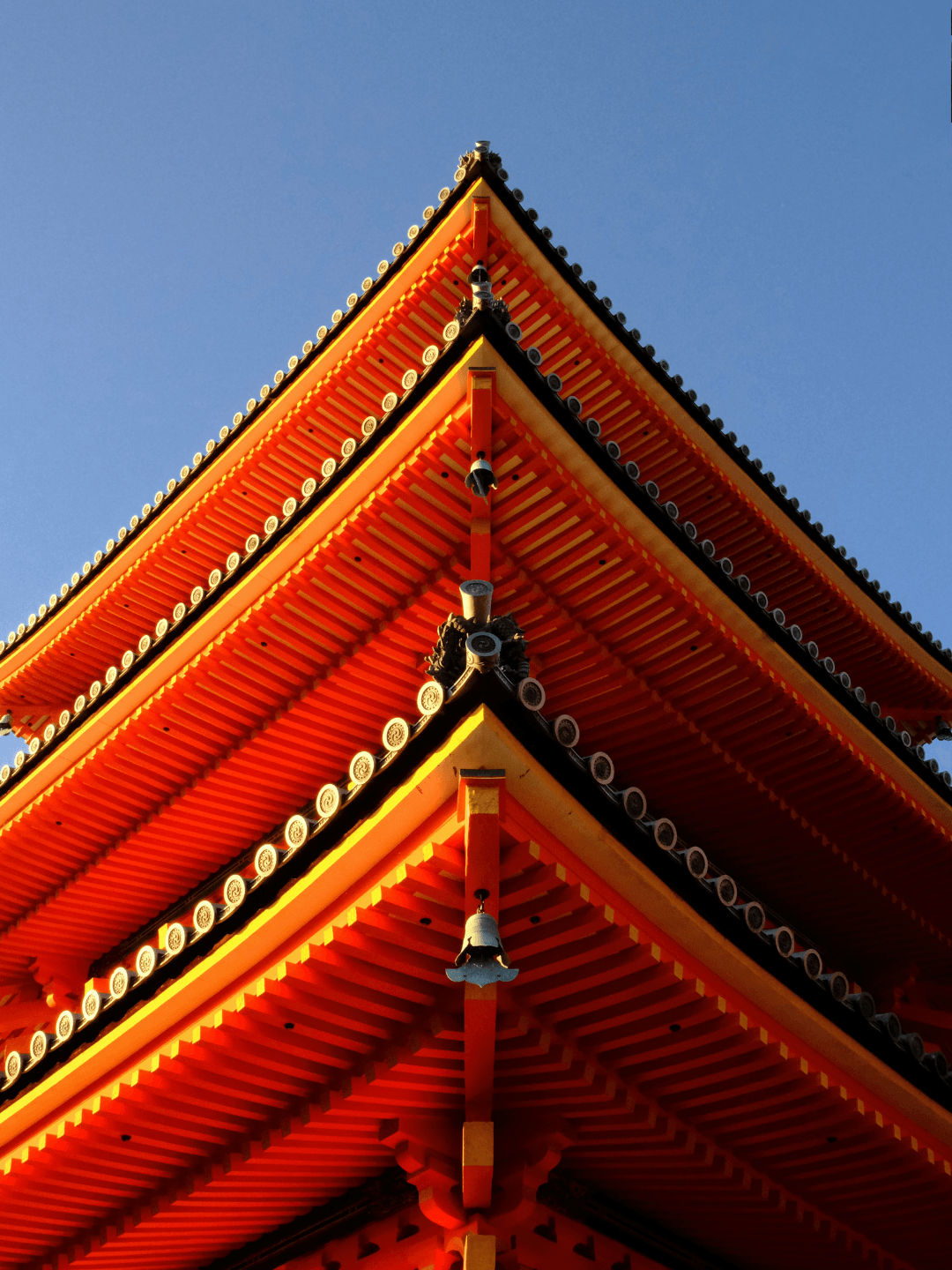
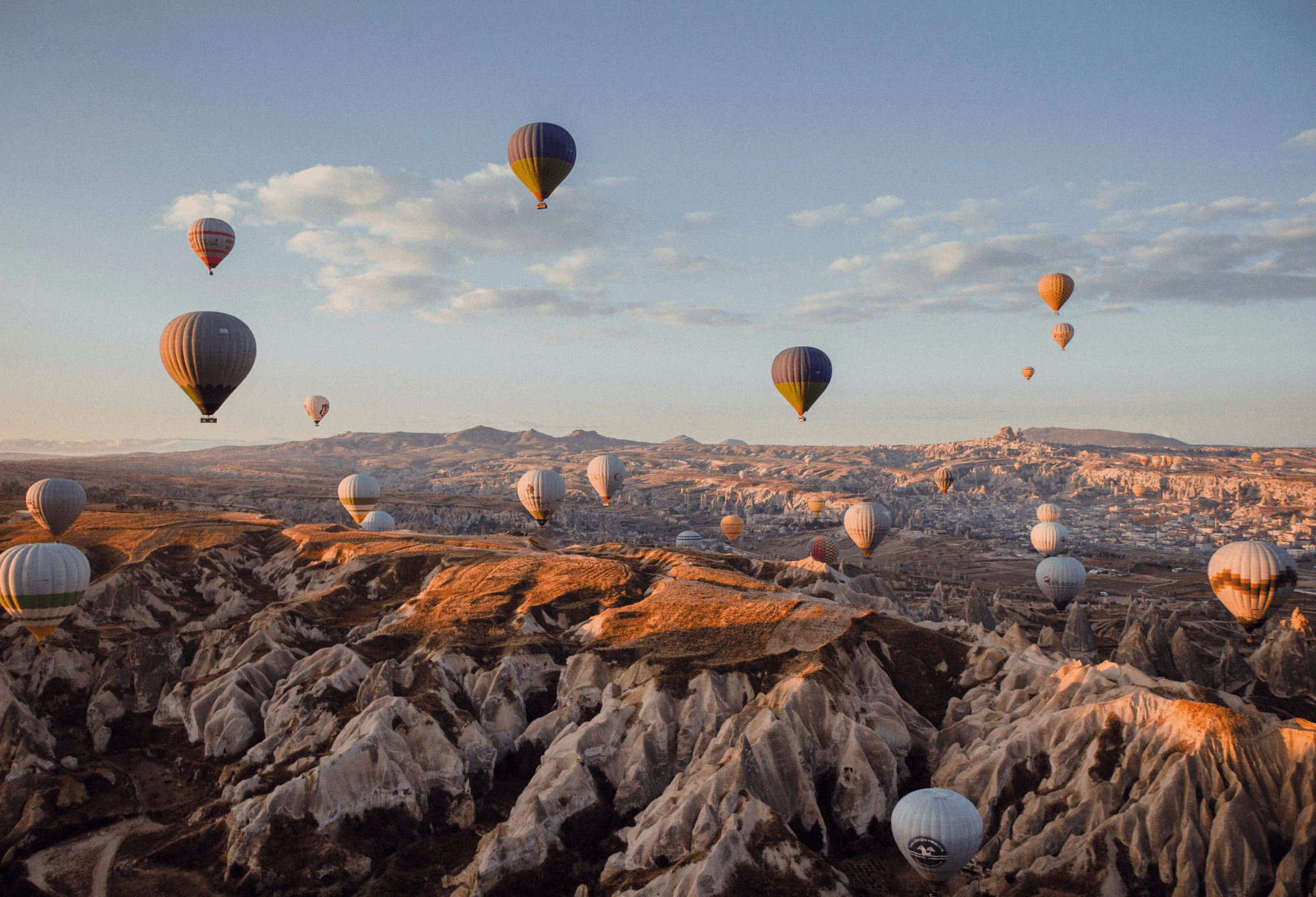
Cappadocia, Turkey
Cappadocia’s geometry works in two dimensions at once. The curves and pillars of its volcanic rock formations below, and the slow drift of hot air balloons above. Valleys fold into each other, their lines softened by centuries of wind, while the sky fills with floating arcs of color at sunrise.
Here, light exaggerates the landscape, stretching its contours and skies until they feel almost surreal.
Best vantage: Usually we’d recommend Love Valley, but it tends to get overcrowded with honeymooners and influencers, so opt for Sunset Hill in Göreme, overlooking the Rose and Red Valleys.
Best time: Sunrise, when the shadows carve the valleys and the balloons rise through them.
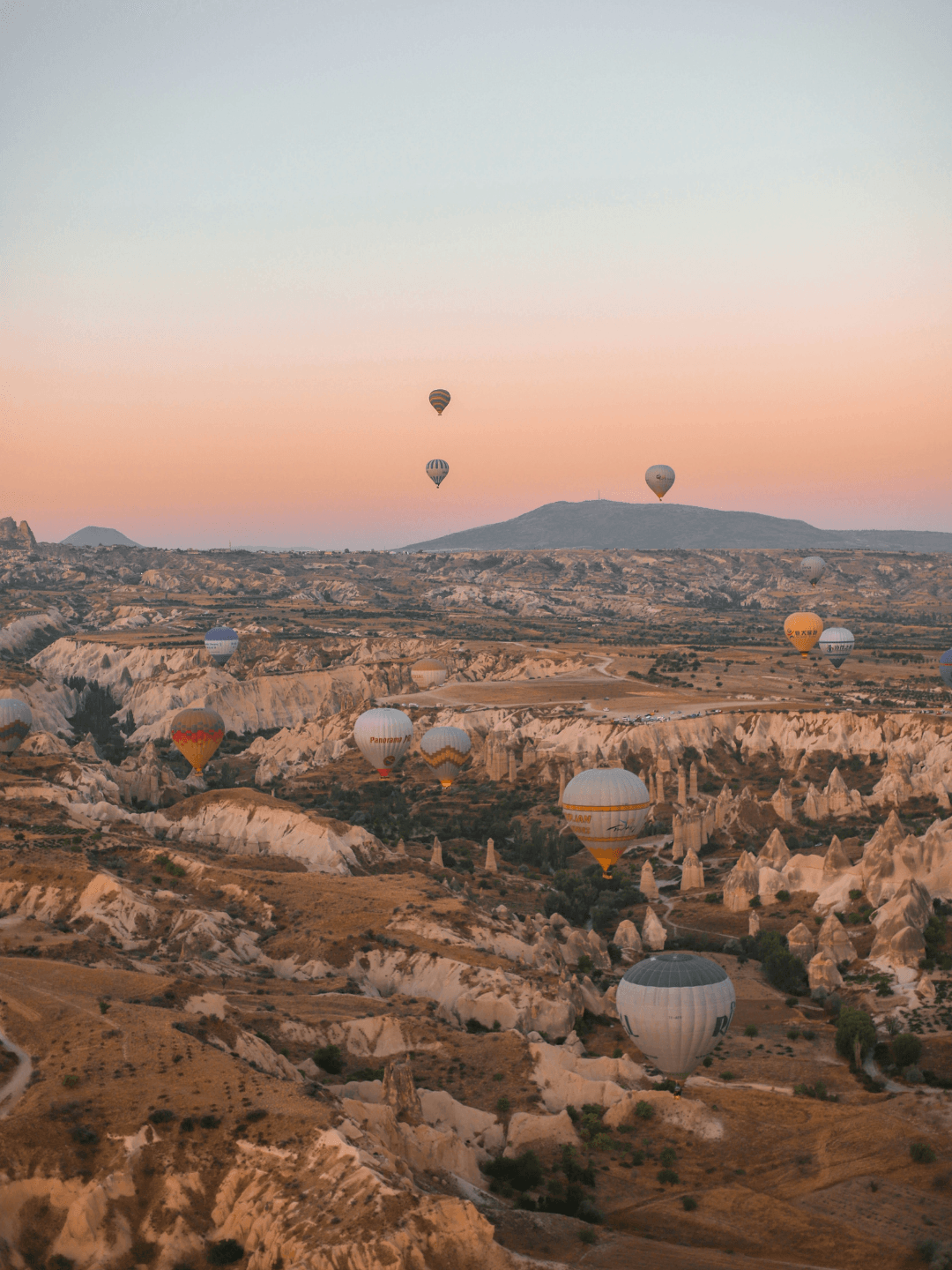

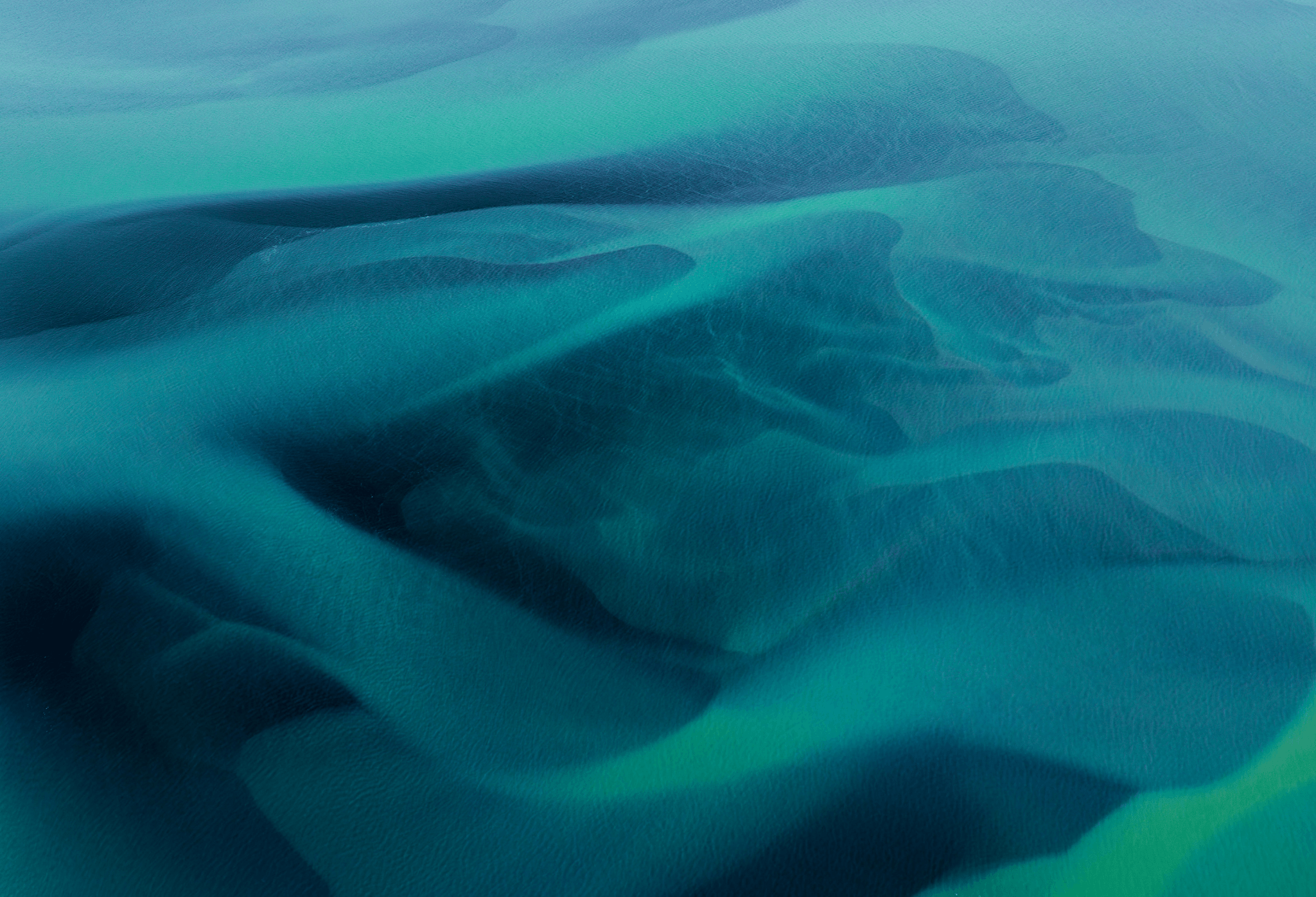
Iceland
Iceland offers one of the most diverse landscapes in the world, with volcanoes, glaciers, lava fields, and waterfalls all within a short distance of each other. Its mix of dramatic terrain and changing conditions makes it one of the most photographed countries on earth.
Light is what sets it apart. In summer, the midnight sun creates an unusually long golden hour, while in winter, the Northern Lights bring color to the night sky. These shifts, combined with year-round opportunities for both wildlife and landscape photography, make Iceland a reliable destination for capturing striking imagery.
Best vantage: Reynisfjara Beach for its basalt cliffs, Jökulsárlón Glacier Lagoon for drifting ice, and Thingvellir for its tectonic rift valleys.
Best time: Summer for extended daylight, winter for auroras and strong contrasts.
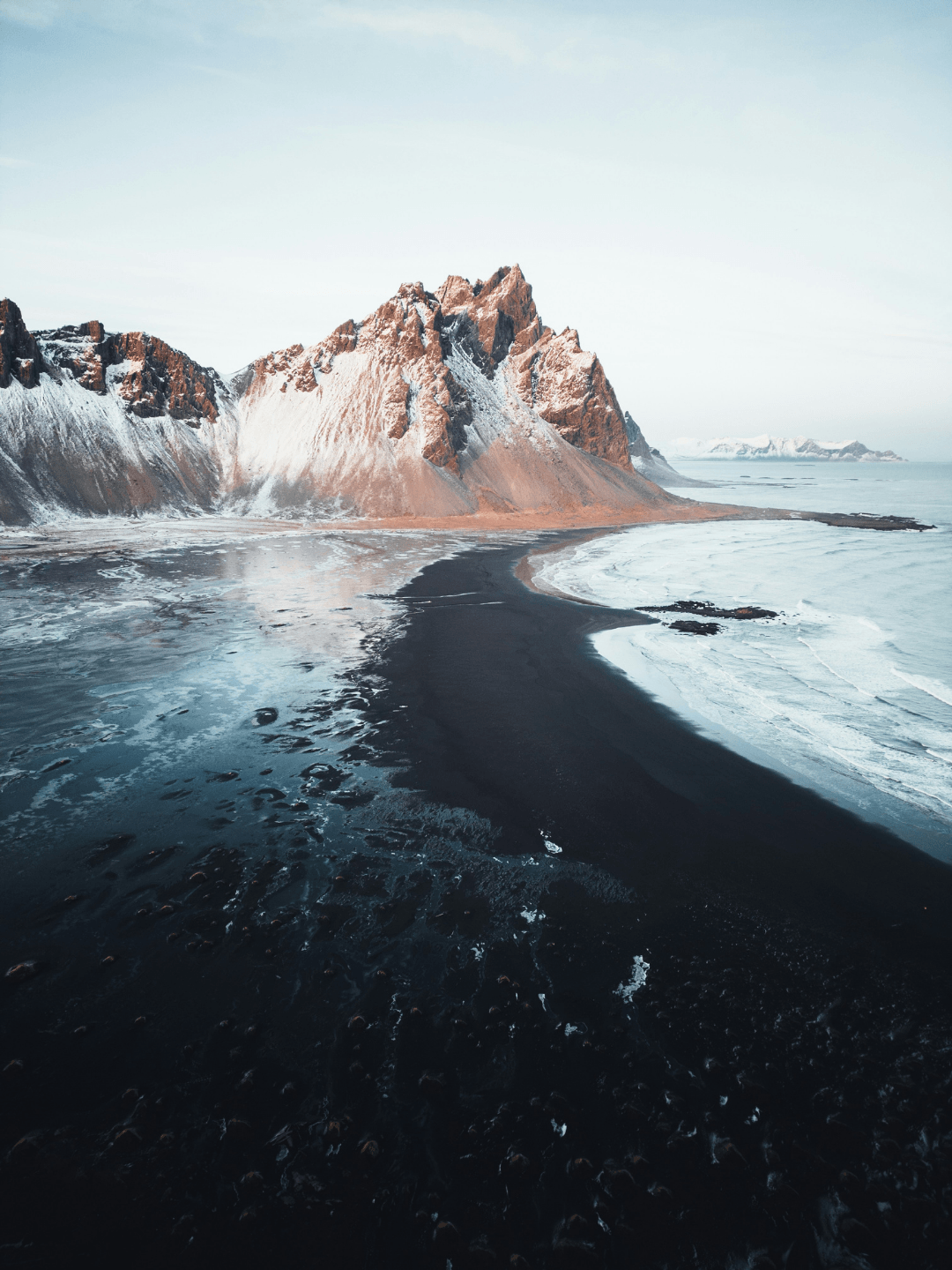
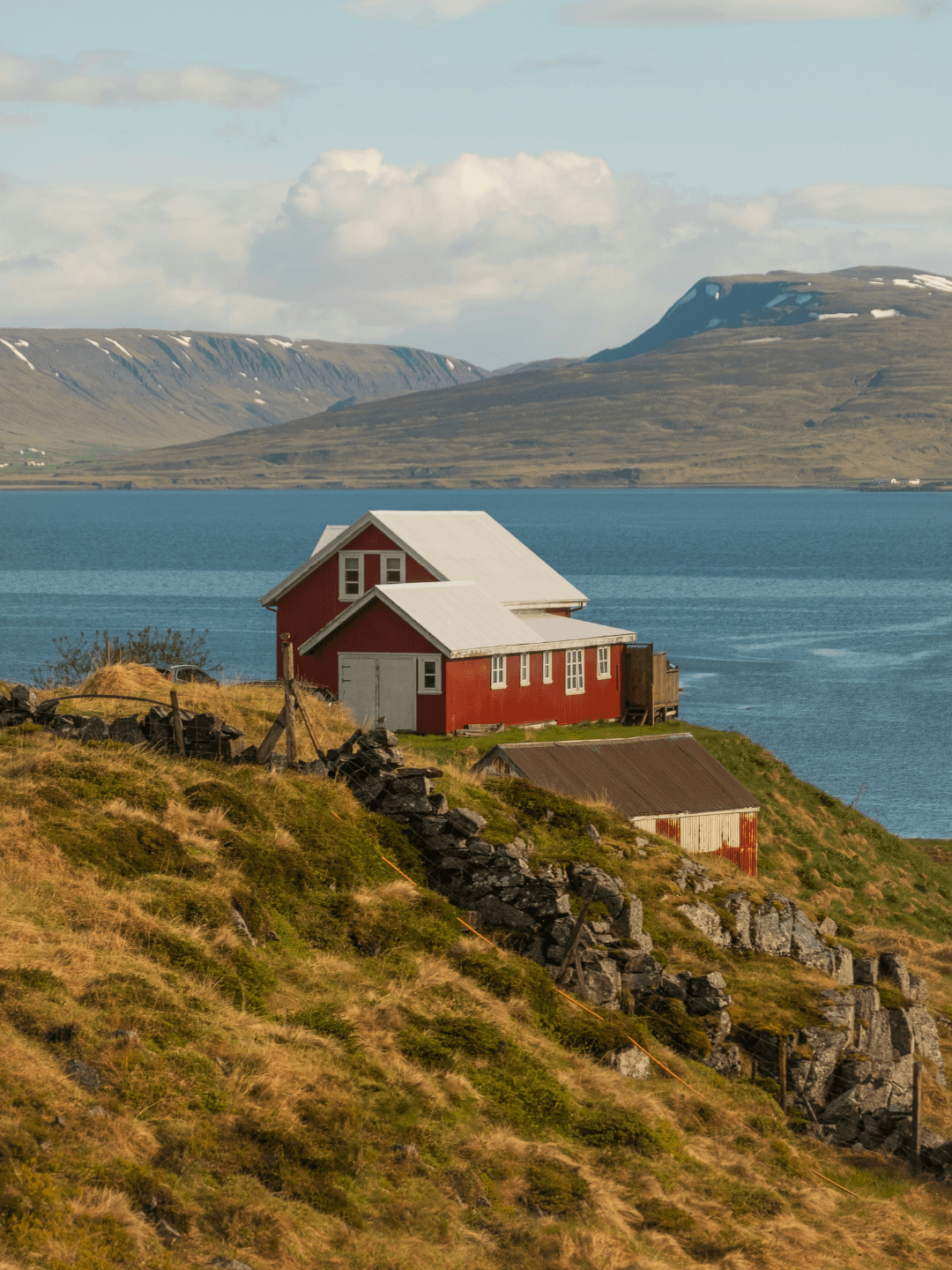
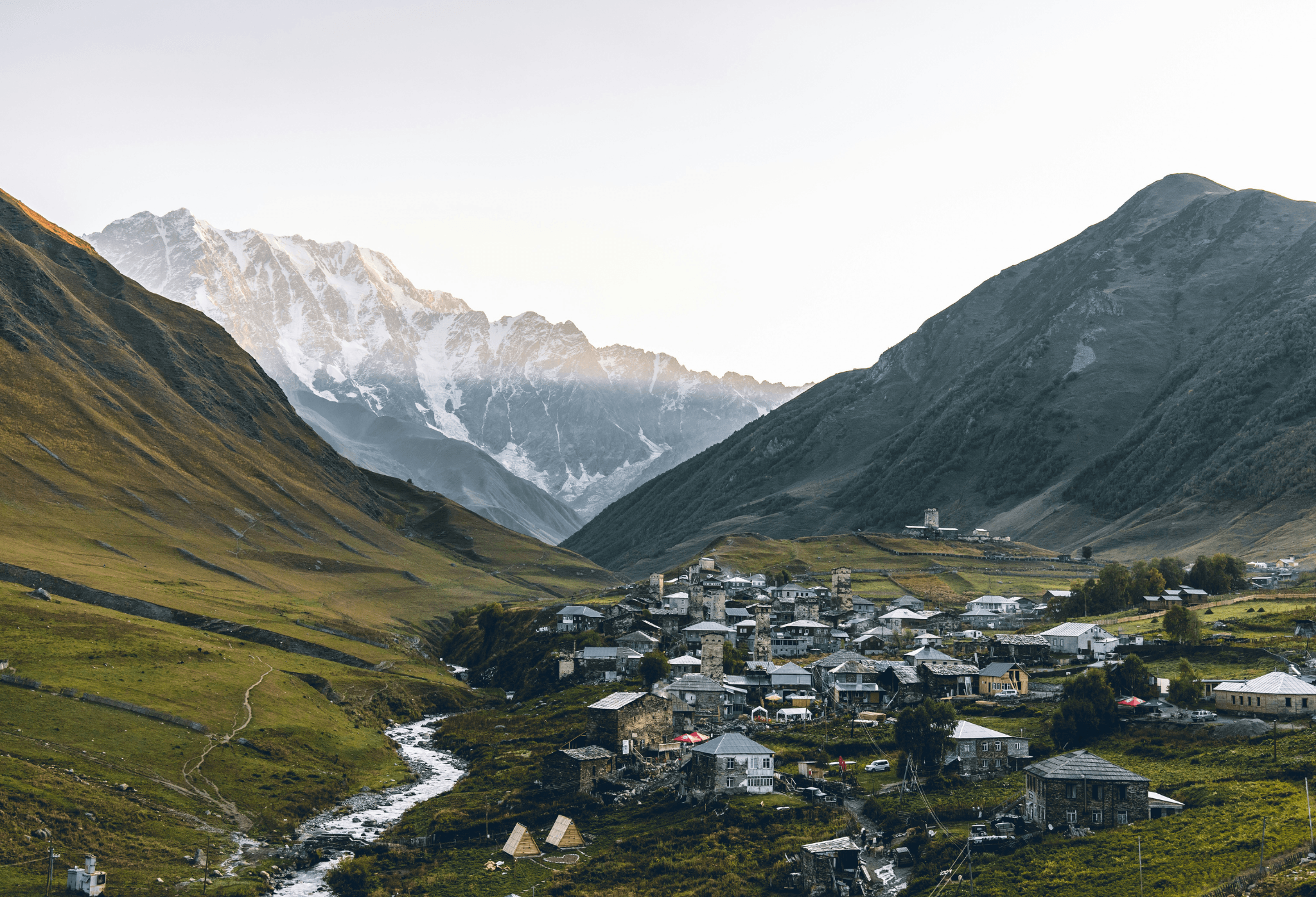
Svaneti, Georgia
At over 2,000 meters in the Caucasus, Ushguli is one of Europe’s highest inhabited settlements. Stone defense towers rise above the clustered village, their vertical lines set against the jagged backdrop of Mount Shkhara.
The landscape combines steep valleys, alpine fields, and snowcapped peaks, a mix of human scale and natural drama in one frame. At night, with almost no light pollution, Ushguli is ideal for astro photography: medieval towers silhouetted against the Milky Way, history meeting sky.
Best vantage: From the upper slopes of Ushguli, with the towers in the foreground and Mount Shkhara behind.
Best time: Sunrise and sunset for long shadows; clear nights for astrophotography.

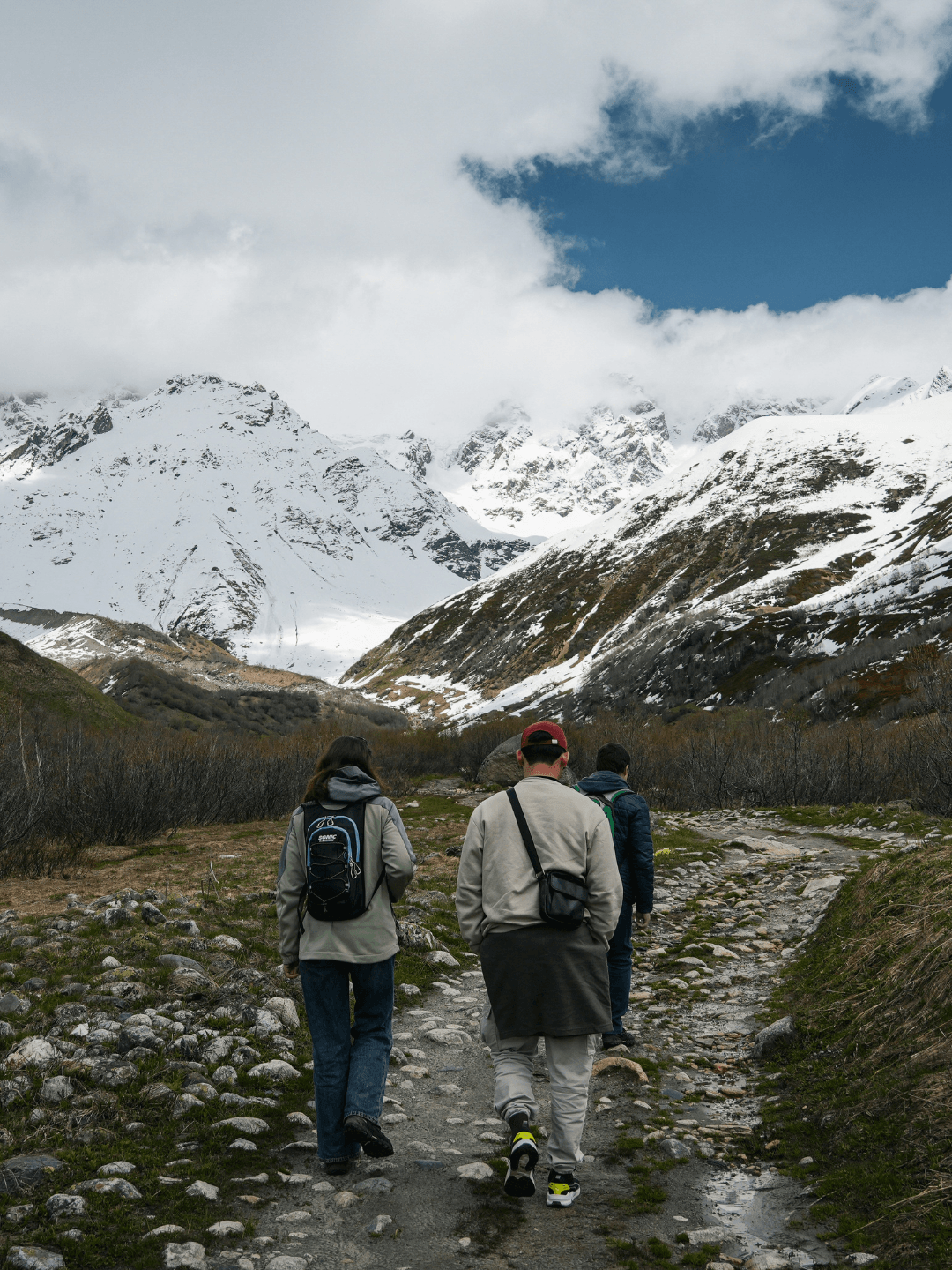
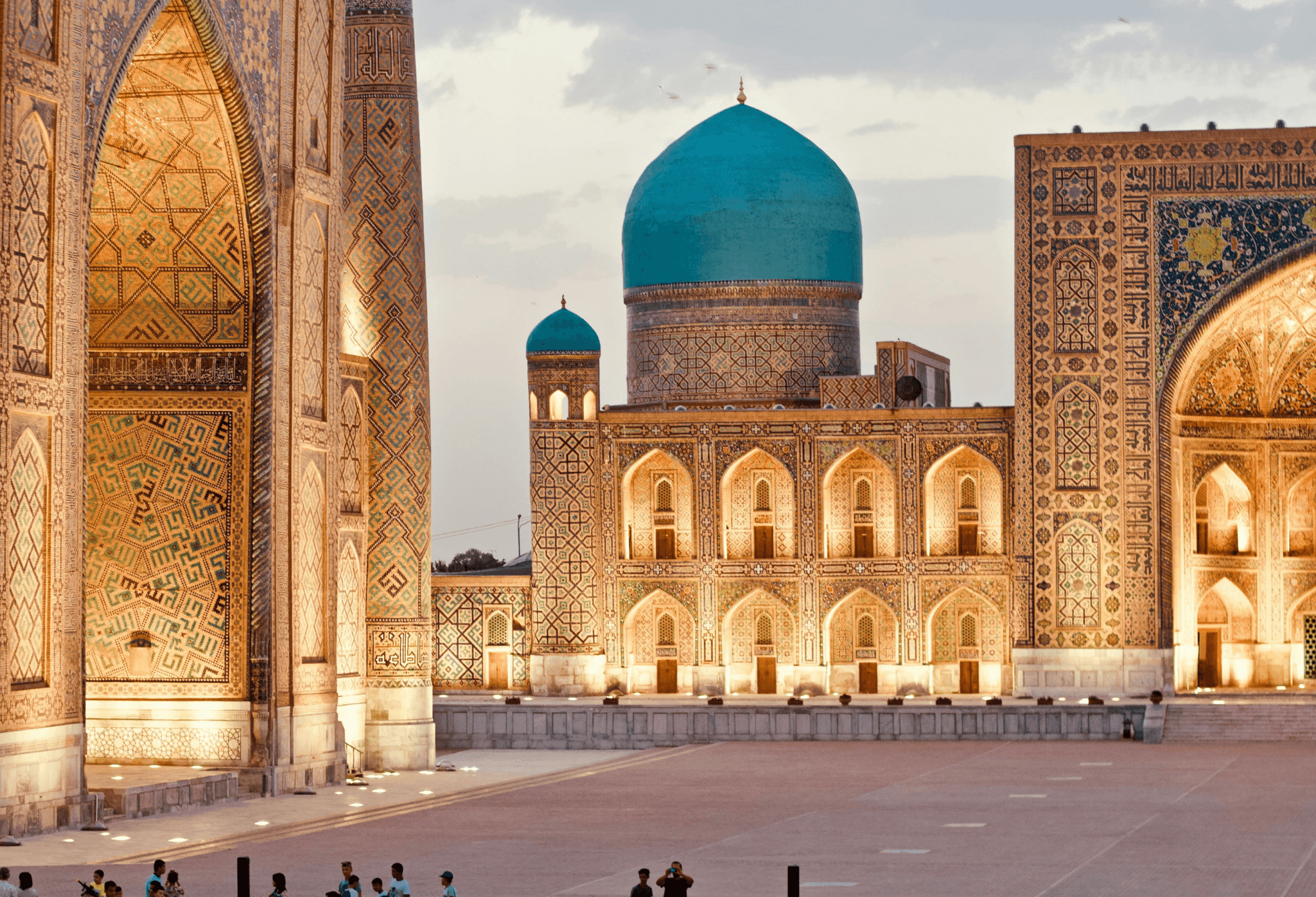
Tashkent, Uzbekistan
The Tashkent region blends Soviet-era planning with Islamic architecture, making it a destination where lines and patterns dominate the visual story.
In the city, broad boulevards and monumental squares contrast with the intricate tilework of mosques and madrasas. Blue domes rise above courtyards where shadows cut across repeating arches, creating balance between scale and detail.
Beyond the city, the landscape shifts quickly. The foothills of the Tien Shan mountains introduce sweeping curves and ridgelines, while villages along the way reveal traditional brickwork and geometric patterns in everyday structures. For a visual traveller, the appeal lies in how old and new sit side by side: modernist apartment blocks echoing with hard edges, just steps away from centuries-old craftsmanship.
Best vantage: Khazrati Imam Complex for tiled patterns and domes; Chorsu Bazaar for repetition under its vast Soviet-built dome; the foothills outside the city for wide, curving horizons.
Best time: Early morning for the bazaars in clean light, late afternoon for long shadows across tiled façades.
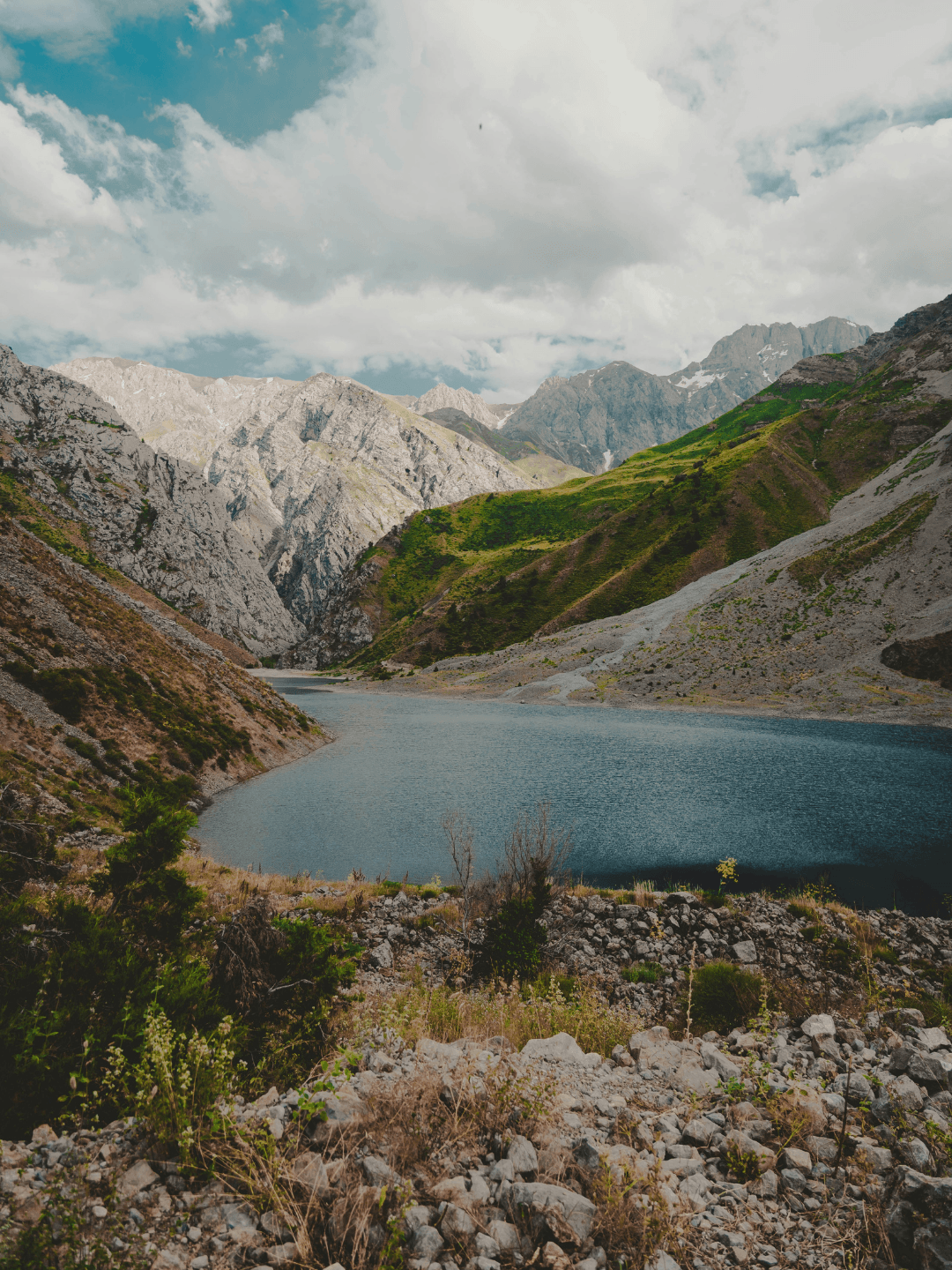

The beauty of our world lies in both its landscapes and the structures we build on them. Mountains, valleys, and skies create natural frames, while domes, towers, and streets add their own layers for the eye to follow. The list of destinations shaped by lines, curves, and shadows is endless, but these are the ones we chose to start with.
If you’d like to see more places like this, subscribe to our newsletter and tell us where you want us to go next.






